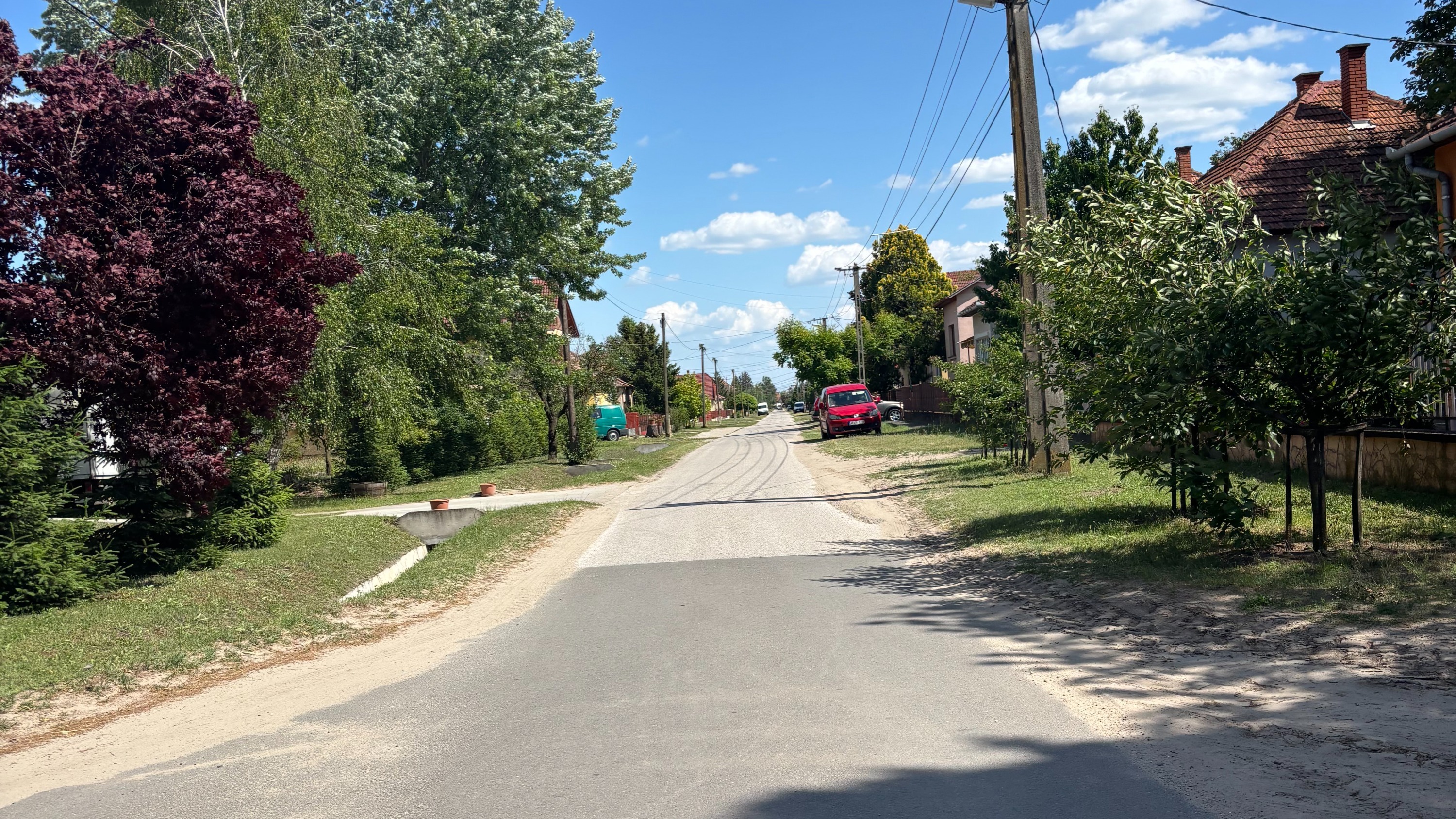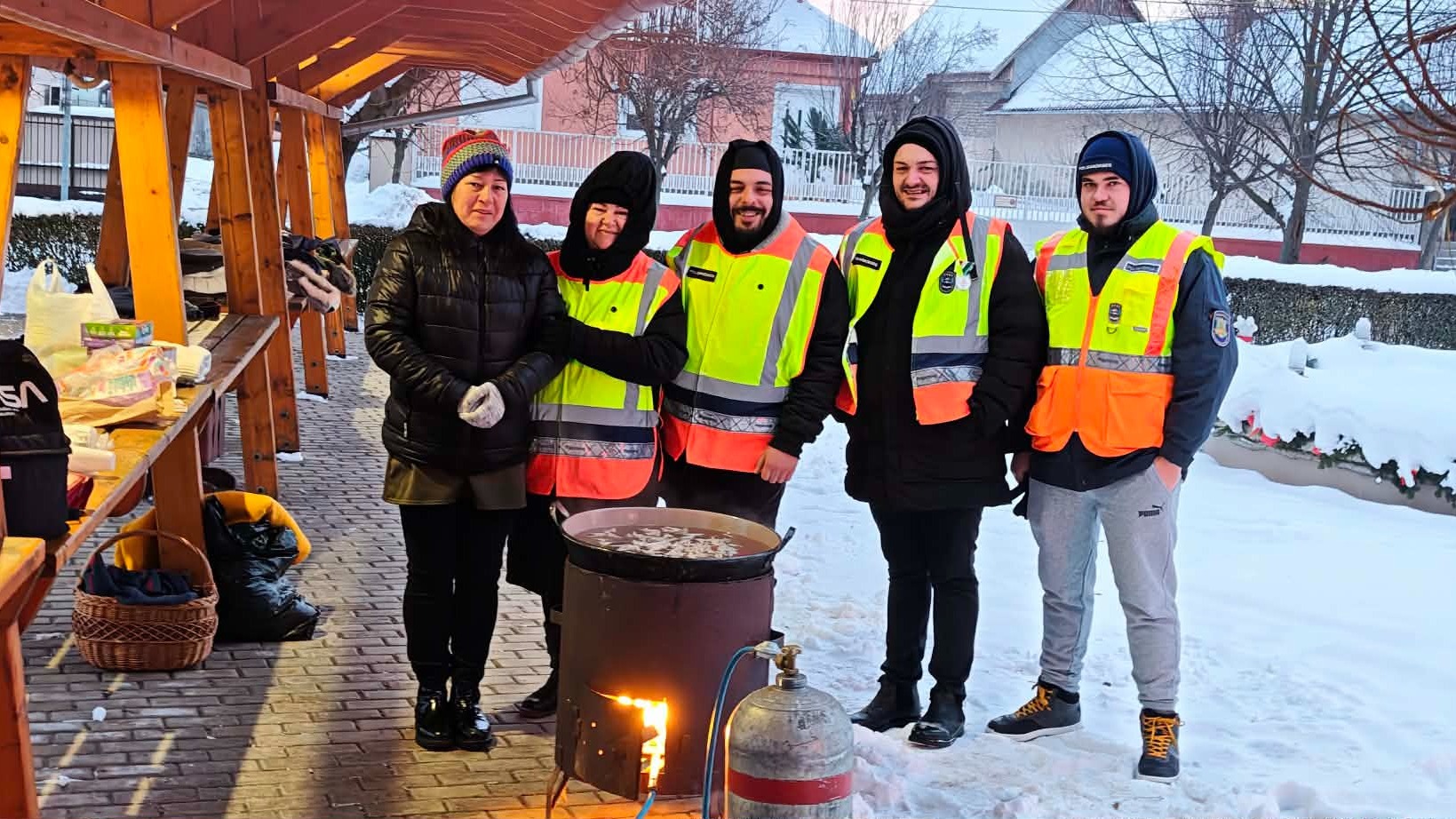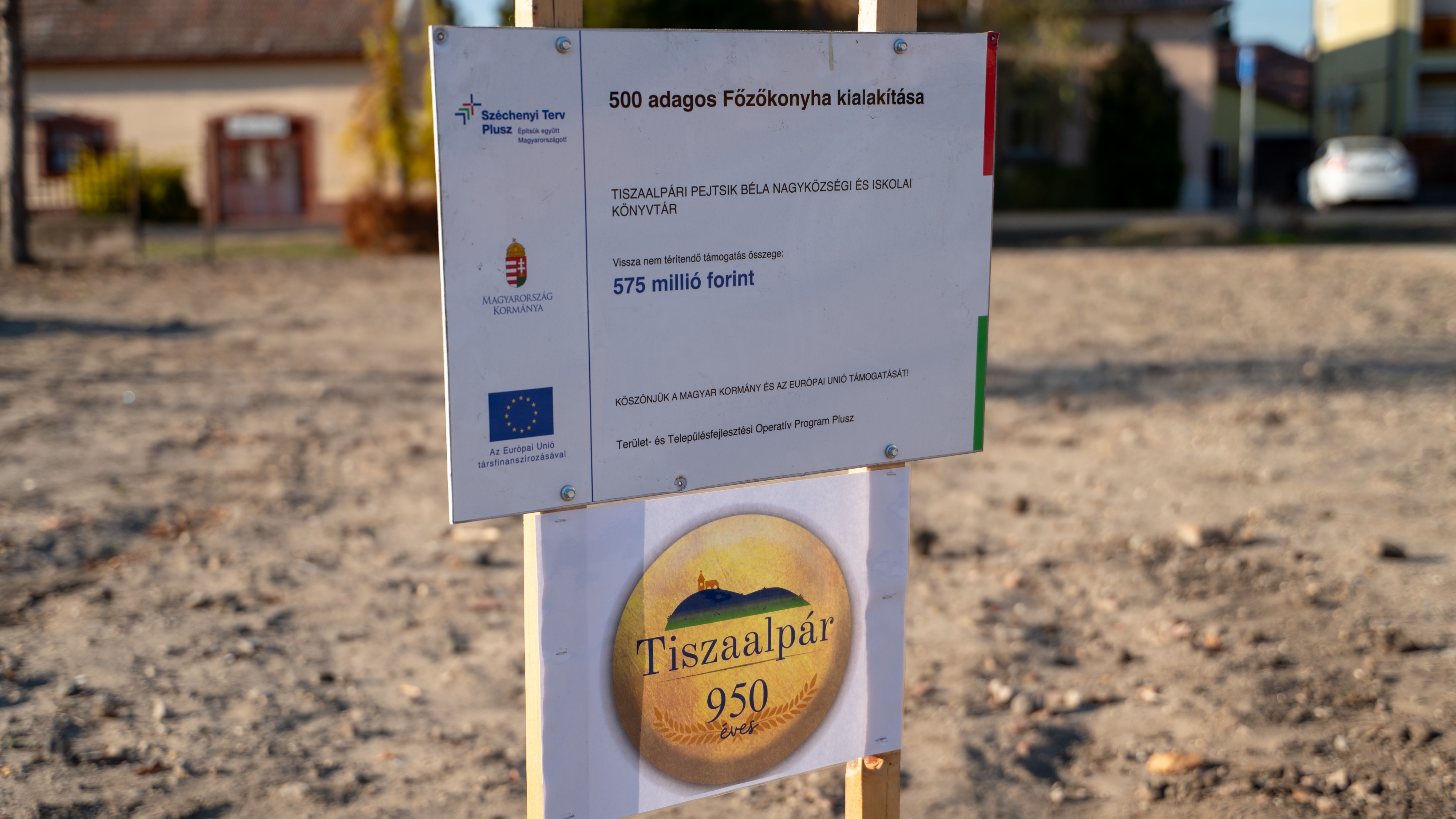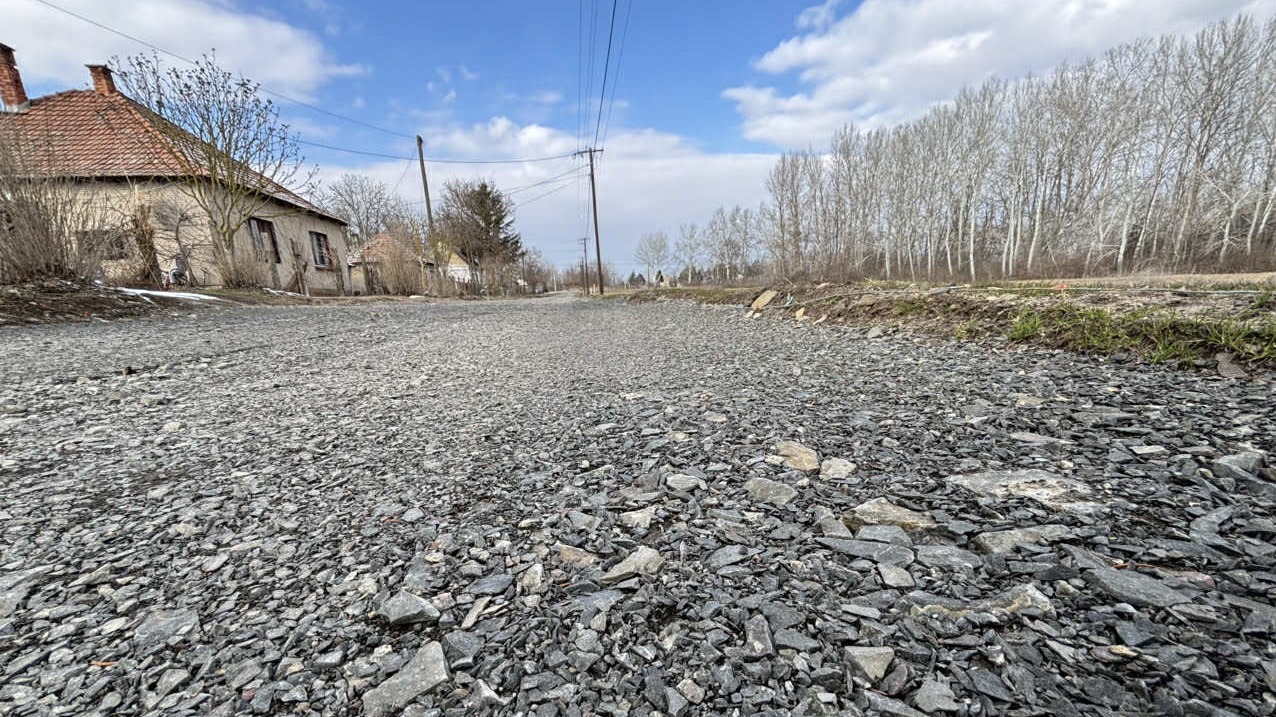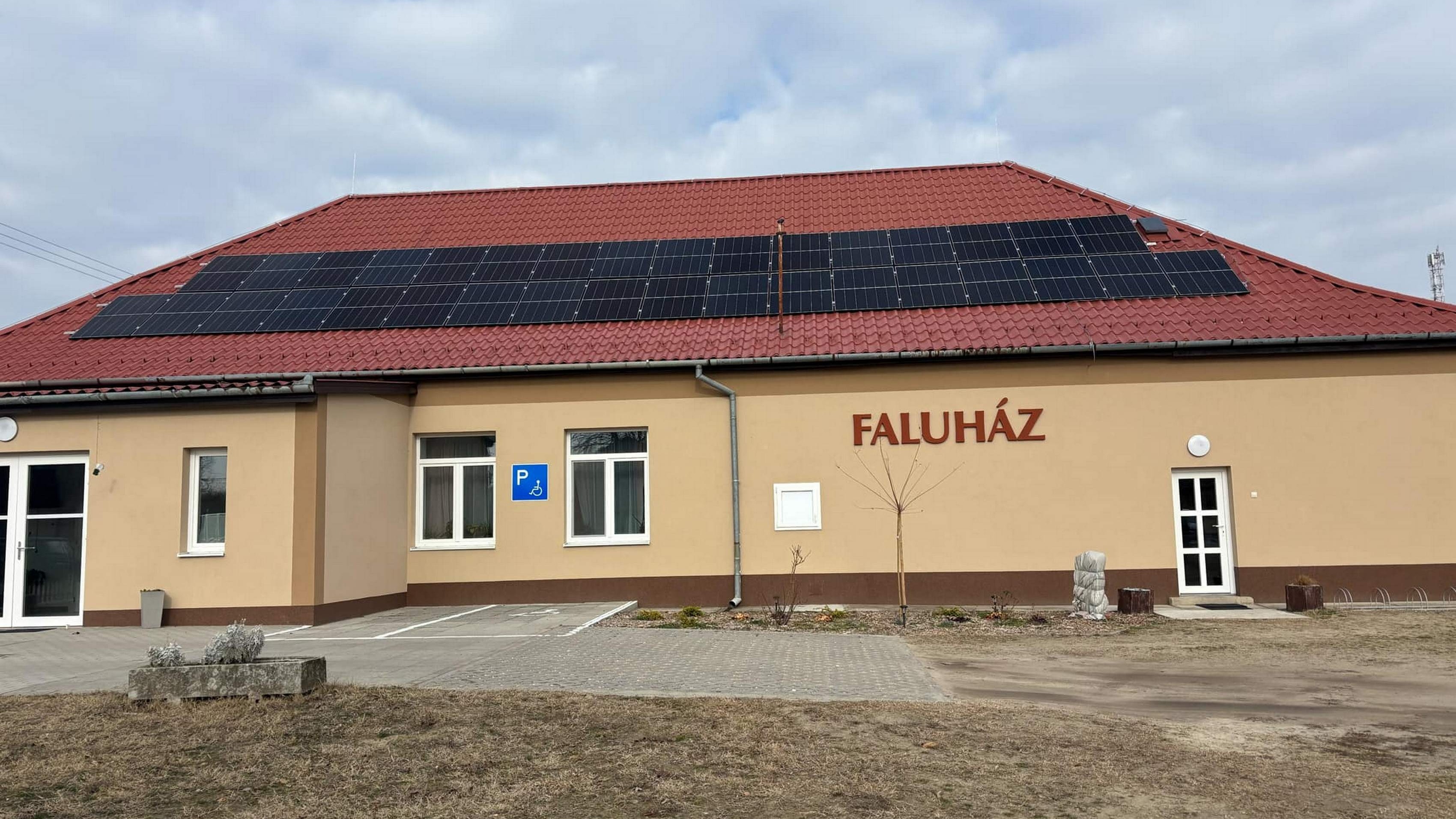Culture
The culture and tradition of our county
Our county has several well-defined areas, whose cultural traditions are diverse and different.
The southernmost settlements belong to the Northern Bácska region, where the southern Slav, especially Croatian (Bunjevci, Šokci) and Serbian (Rascian) traditions are very strong. The cultural centre of the region is Baja, whose iconic event is the Fish soup Festival, but settlements of the region, such as Szeremle, Bácsalmás, Felsőszentiván, Hercegszántó or Gara are also important in keeping these traditions. The most prominent South Slavic custom, the celebration of the ‘Bunjevci or Rascianprélo’ (carnival), is typical of almost every settlement in the southern part of the county in the first months of the year. At the north of Bácska subregion, the sand dunes between the Danube and the Tisza divide the county into two parts. The Kalocsa-Sárköz is situated from the western slopes of the sandy dunes to the Danube, while the Kiskunság lies on the eastern side, which have ethnographically distinct features. Kalocsa-Sárköz - where, besides the Hungarians, Germans (Swabians) and Slovaks settled in the past centuries, bringing their own traditions with them - is characterized by diverse and unique cultural customs. The centre of the area is the Baroque Kalocsa, which is also an archbishop's residence. Kalocsa and its surroundings are characterized by folk art of rich motifs with distinctive colours and style which today appears in the embroidery and paintings in Kalocsa. This is also presented by the permanent ethnographic exhibition of the Károly Viski Museum in Kalocsa. Many of the settlements of Kalocsa-Sárköz have Swabian roots (Nemesnádudvar, Császártöltés, Hajós, Harta), where they have been actively keeping the heritage they brought with them in the 18th century. The exhibitions of the Baroque Castle of Hajós show the the traditions and folk customs of the Swabian settlers who were working mainly with viticulture and wine-making. Among the settlements of the county, where Slovaks live, Kiskőrös and Miske still maintain their cultural customs, decorative costumes and dances, which can be seen at the Kiskőrös Harvest and Slovak National Days held in September and at the ethnographic exhibition in the Slovak Cultural House. The largest ethnographic region of the county is the Kiskunság, whose cultural and economic centre is the county seat, Kecskemét, but two other towns of high population, Kiskunfélegyháza and Kiskunhalas, also have prominent role in the region. Kiskunság shows a much more homogenous picture, both ethnically and culturally than the rest of the county. Its ethnographic motifs and folk costumes are less rich, but their dances are very powerful as they are derived from the shepherding lifestyle. In our county, Kecskemét is known as the town of József Katona and Zoltán Kodály. Sándor Petőfi's memory is preserved by The Petőfi Birthplace and Memorial Museum in Kiskőrös, while that of Ferenc Mórais commemorated in his hometown, Kiskunfélegyháza.
The diversity of our living traditions:
Kiskunhalas Lace is a product that has a special attention and recognition of both the Hungarian and European arts and crafts. Since its first appearance in 1902, it has been an important part of the Hungarian folk art. This handicraft has become a worthy competitor to the lace of Brussels and Venice in the 20th century. The works from Halas Lace have also won the Grand Prizes of several world exhibitions. It is one of our few arts and crafts that is world-class and conquered the whole world.
Kalocsa folk art has been inherited from generation to generation. The first period of embroidery tradition was the so-called "singlölés" that embroids only holes with a white thread. This was developed later, and thus, different, new techniques such as "riselinezés", "madeira", "üresvarás" and "rátétes" appeared. The Kalocsa folk art has become well-known throughout the country and around the world, and has appeared in many new forms in recent years.
Tablecloths, tapestries, pillow-cases, blouses, dresses, ecclesiastical textiles, were decorated with Székely embroidery from Bukovina, which takes a long-time and tedious work to make, and it is invaluable.
The Flat-boat making in Szeremle is also unique in the Carpathian Basin.Flat-boat, as an everyday use tool, has played and currently is still playing an important role in many people's lives. It is inseparable from the history and significance of Szeremle, and is of great importance for the future, and to prove this, it is enough to mention the tradition of the Pentecostal Flat-boat riding.
Blue-painting of Tiszakécske: The workshop, with its equipment and set of forms dating back to the beginning of the last century, belongs not only to the rarities of domestic, but also the European history of industry. Its creator is Miklós Kovács, who was also awarded the title of Master of Folk Art in 1985.
Tiszaalpár has a long tradition of basketwork. From the slender branches of the osieries along the Tisza, skilful local masters have been creating products and ornamental items for centuries. These ‘alparian’ basketworks can still be found in almost all Hungarian households.
